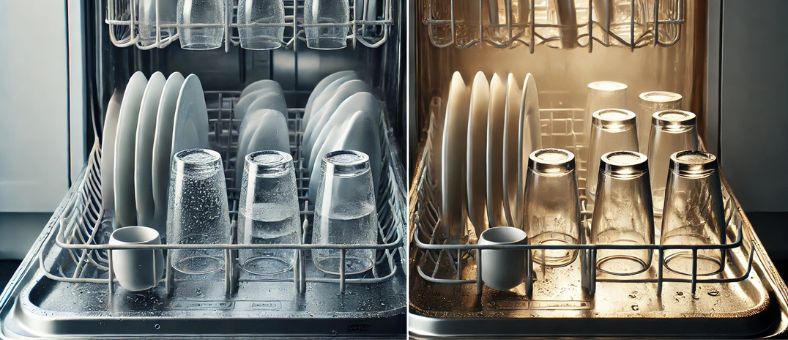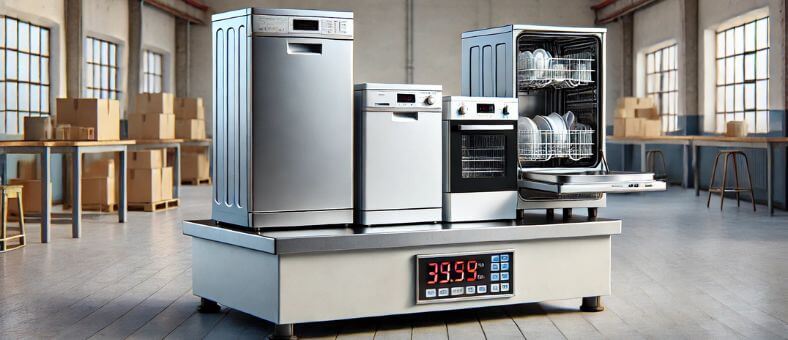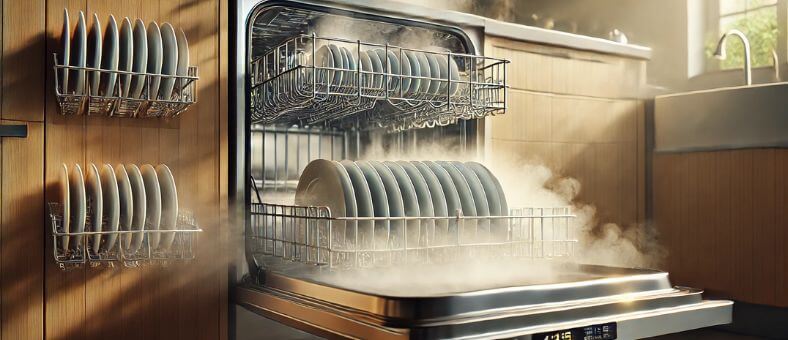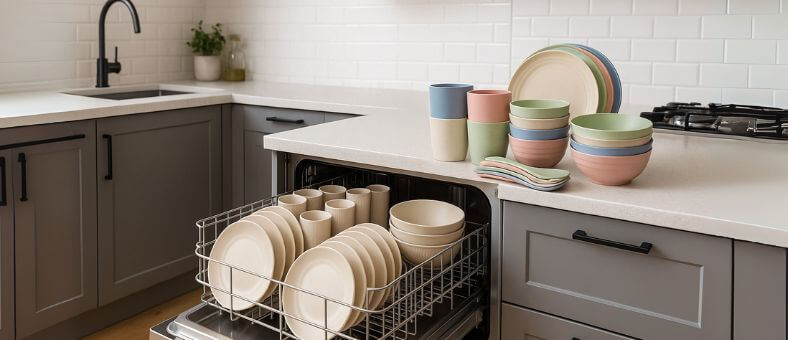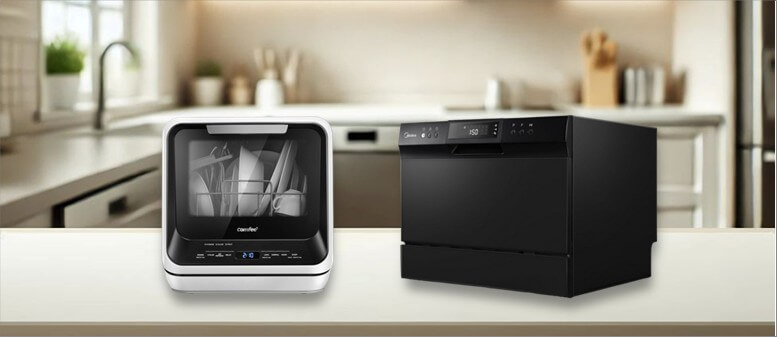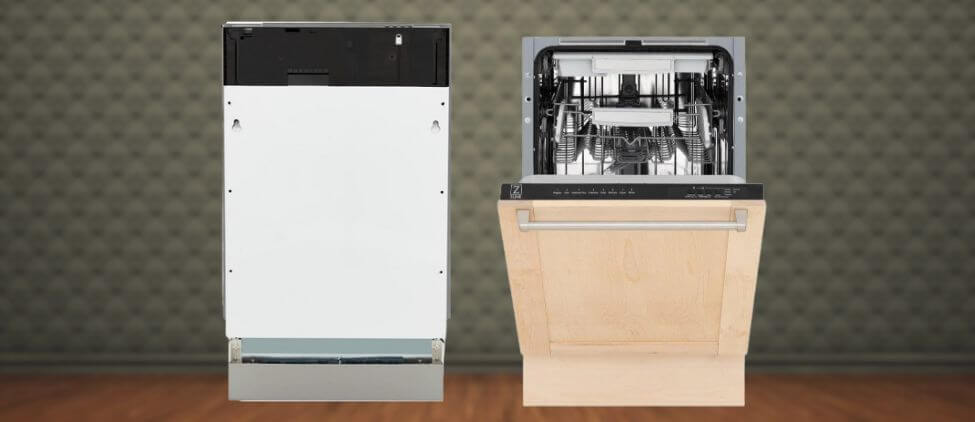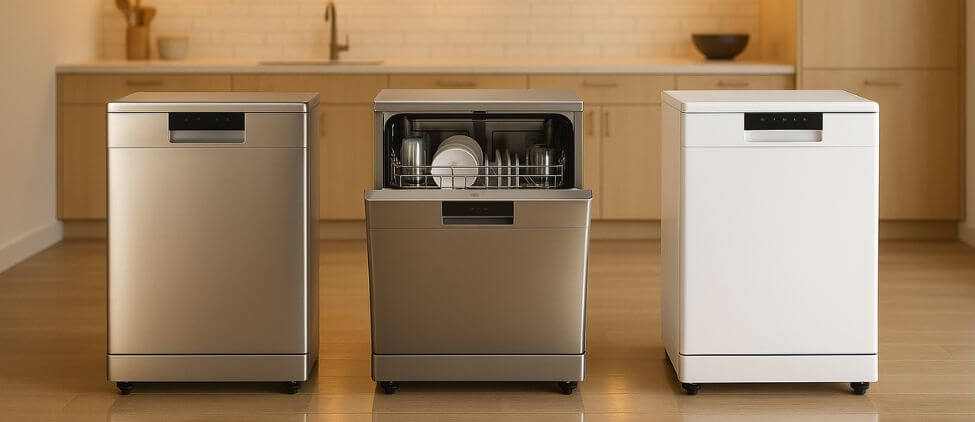Have you ever wondered why some dishes come out of the dishwasher bone dry while others are still damp? The answer lies in the drying method. In the “Heat Dry vs Air Dry” debate, understanding which method is best can significantly improve your dishwashing experience.
Heat drying uses an electric heating element to quickly dry your dishes. In contrast, air drying relies on condensation and residual heat from the wash cycle for a more natural approach. Curious about which method saves more on energy bills or is gentler on your glassware?
This blog examines the efficiency, cost, and effectiveness of each drying method. By the end, you’ll know which drying option best suits your needs. Read on to optimize your dishwashing routine and enjoy perfectly dried dishes every time!
Table of Contents
Heated Dry: How It Works
Heated dishwasher drying utilizes an electric heating element, typically located at the bottom. After the final rinse cycle, the heating element warms up, increasing the temperature inside the dishwasher. This heat causes the water droplets on the dishes to evaporate, turning into steam, which then gets vented out. The residual heat from the hot water used in the final rinse assists this process, making the dishes dry faster and more thoroughly.
Advantages of Heated Dry
- Speed and Efficiency: Heated drying is much faster than air drying, with intense heat that quickly evaporates water, allowing dishes to be ready for use immediately after the cycle.
- Better Results on Plastics: Effectively dries plastic dishes and containers by quickly evaporating water from surfaces, eliminating the need for towel drying.
- Hygienic Drying: The high temperatures kill bacteria on dishes, providing additional sanitation.
- Convenience: Eliminates the need to wipe down dishes or leave them to air dry, saving time and effort.
Disadvantages of Heated Dry
- Higher Energy Consumption: Heated drying increases electricity usage due to the energy required to operate the heating element, leading to higher utility bills.
- Potential Damage to Delicate Items: The high heat can damage delicate items such as fine china or crystal, possibly causing them to crack or deteriorate over time.
- Increased Wear and Tear: Regular use of heated dry can lead to more frequent repairs and potentially shorten the lifespan of the dishwasher’s components.
Air Dry: How It Works
Air drying in dishwashers relies on natural evaporation to remove moisture from the dishes. After the final rinse cycle, the dishwasher automatically stops heating the water. Instead of using a heating element, it allows the dishes to cool down gradually. The residual heat from the hot water used in the rinse cycle, combined with the ambient air inside the dishwasher, causes the water droplets on the dishes to evaporate. This method uses the principle of condensation drying, where cooler stainless steel walls attract moisture from the warmer dishes, leading the water to drip down to the bottom and away from the dishes.
Advantages of Air Dry
- Energy Efficiency: Air drying consumes significantly less electricity than heated drying, as it does not require a heating element, leading to lower energy bills and a reduced carbon footprint.
- Gentle on Dishware: The absence of intense heat makes air drying gentler on all types of dishware, including delicate items such as fine china, glassware, and plastic, reducing the risk of damage.
- Environmentally Friendly: By reducing energy consumption, air drying is more eco-friendly, helping to conserve energy resources and lower greenhouse gas emissions.
- Cost-Effective: Air drying does not use additional energy, making it more cost-effective by saving on operational costs and reducing potential repair expenses due to less wear and tear on the heating element.
Disadvantages of Air Dry
- Longer Drying Time: Air drying takes longer to completely dry dishes than heated drying, often requiring additional time either in the dishwasher or on the counter.
- Less Effective on Plastics: Plastic items tend to retain water droplets, possibly requiring manual towel drying after the cycle.
- Risk of Water Spots: Natural evaporation can leave water spots or streaks on dishes, especially in areas with hard water high in minerals.
- Potential for Mold and Mildew: If the dishwasher isn’t properly vented or the door remains closed post-cycle, trapped moisture can promote mold and mildew growth.
Energy Efficiency Comparison
| Heated Dry Energy Consumption | Air Dry Energy Consumption |
|---|---|
| Uses an electric heating element, increasing energy use. | Does not use a heating element, relying on residual heat. |
| Can increase energy usage by 15-50% depending on the model. | Reduces energy usage by 15-50%, making it eco-friendly. |
| Leads to higher electricity bills and larger carbon footprint. | Cost-effective with potential long-term savings on energy bills. |
Impact on Dishware
Heated Dry and its Effect on Different Materials
| Material | Heated Dry Impact | Air Dry Impact |
|---|---|---|
| Glass/Ceramics | Generally handles well; risk of thermal shock causing breaks. | Less risk of thermal shock; may retain water spots. |
| Plastic | Can warp, melt, or become brittle; higher wear and tear. | Gentler; no high heat involved, but might need towel drying. |
| Metal | Most can withstand; non-stainless metals may discolor. | Does well; less risk of discoloration but may form water spots. |
| Wood | Should not be used; can crack or warp. | Less harsh but still risky for warping or cracking. |
Cost Considerations
Operational Costs of Heated Dry
Heated drying cycles consume more energy, leading to higher operational costs. On average, the heated dry setting can increase your dishwasher’s energy usage by 15-50%, depending on the model and cycle length. This added energy consumption translates to higher electricity bills over time. Additionally, the frequent use of the heating element can lead to increased wear and tear on the appliance, potentially resulting in more maintenance and repair costs.
Operational Costs of Air Dry
Air drying is significantly more cost-effective as operating a heating element does not require additional energy. By relying on residual heat and natural air circulation, air drying reduces the dishwasher’s overall energy consumption, lowering electricity bills. The savings on energy costs can add up over time, making air drying a more economical choice. The reduced wear and tear on the dishwasher’s components can also lead to lower maintenance costs.
Which Method is Best for You?
Factors to Consider When Choosing a Drying Method
When deciding between heated dry and air dry for your dishwasher, consider the following factors:
Energy Consumption
If reducing your energy bills and environmental footprint are priorities, air drying is the more energy-efficient option. Heated drying uses significantly more electricity, which can add up over time.
Time Efficiency
Heated drying is faster and more efficient at drying dishes completely, making it ideal for those who need their dishes ready to use immediately after the cycle. Air drying takes longer and might require additional drying time for some items.
Dishware Material
Consider the types of dishes you frequently wash. Heated drying can be harsh on delicate items like fine china, crystal, and certain plastics, potentially causing damage over time. Air drying is gentler and less likely to cause such issues.
Environmental Impact
Air drying is the greener option, as it reduces energy consumption and the associated greenhouse gas emissions. If you’re eco-conscious, this method aligns better with sustainable practices.
Cost
Heated drying can increase your operational costs due to higher energy consumption. Air drying, being more energy-efficient, is more cost-effective in the long run.
Personal Preferences and Usage Scenarios
Busy Households
If you have a busy household and need dishes cleaned and dried quickly, the heated dry option may be more convenient. The quick turnaround can be a significant time-saver.
Energy-Conscious Users
If you are conscious of your energy consumption and looking to reduce your carbon footprint, air drying is the better choice. It aligns well with efforts to conserve energy and lower utility bills.
Delicate Dishware
For households that use a lot of delicate dishware or plastic items, air drying is gentler and less likely to cause damage. This method helps preserve the quality and lifespan of your dishes.
Cost-Sensitive Users
If you are looking to minimize operational costs, air drying is the more economical option. It reduces energy consumption and can lead to lower electricity bills over time.
Summary of Key Points
| Heated Dry | Air Dry |
|---|---|
| Uses an electric heating element to dry dishes quickly and thoroughly. | Relies on residual heat and natural air circulation to dry dishes. |
| Fast and effective but increases energy consumption. | More energy-efficient, gentler on dishes but slower. |
| Can cause wear on delicate items due to high heat. | Less likely to damage dishes, may leave some items damp. |
| Higher operational costs due to increased energy use. | Reduces energy bills, more environmentally friendly. |
Final Thoughts on Heat Dry vs. Air Dry
Choosing the best drying method depends on your specific needs and priorities. If you value speed and efficiency and don’t mind the higher energy consumption, heated dry is a suitable option. However, if you want to save on energy costs, reduce your environmental impact, and preserve the quality of delicate dishware, air drying is the way to go. Evaluate your household’s needs and preferences to determine which method works best.
Recommended Dishwashers with Heated Dry and Air Dry Features
If you’re looking for dishwashers that excel in the heated dry or air dry, we’ve got some top picks for you. These models are renowned for their efficient drying capabilities, ensuring your dishes come out perfectly dry every time:
Frigidaire FDSH4501AS
Equipped with a heated drying system and fresh air circulation, the Frigidaire FDSH4501AS ensures dishes come out clean, dry, and ready to use. Selecting Heat Dry or Air Dry allows users to customize the drying process based on their needs, ensuring efficient drying performance. Read more about this model in our comprehensive Frigidaire FDSH4501AS Dishwasher Review.
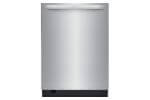
Frigidaire FDSH4501AS Dishwasher
SPT SD-6502W
The Frigidaire FDSH4501AS dishwasher pampers dishes with six wash cycles, including Heavy and Energy Saver, and options like Steam Wash and Sanitize. Its heated drying feature ensures dishes come out clean and dry. At the same time, the fresh air exchange system enhances drying efficiency, making unloading effortless. Read more about this model in our comprehensive SPT SD-6502W Dishwasher Review.
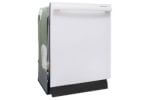
SPT SD-6502W Dishwasher
SHARP SDW6757ES
The SHARP SDW6757ES is a built-in marvel that accommodates up to 14 place settings and operates at a quiet 45 dB. It offers six wash cycles, ensuring every dish comes out pristine. With heated and fan-dry options, your dishes are always spotless and dry, reducing the need for hand drying. Read more about this model in our comprehensive SHARP SDW6757ES Dishwasher Review.
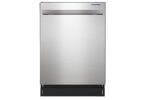
SHARP SDW6757ES Dishwasher
Midea MDF18A1AST
The Midea MDF18A1AST dishwasher offers 8 place settings and includes child lock safety for families. It features 6 wash cycles and 3 functions—Heated Dry, Hi-Temp, and Sanitize—ensuring clean, dry, and sanitized dishes. The heated dry option eliminates towel drying, adding convenience and efficiency. Read more about this model in our comprehensive Midea MDF18A1AST Dishwasher Review.
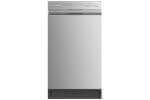
Midea MDF18A1AST Dishwasher
BOSCH SHPM65Z55N
This dishwasher handles 16 place settings and operates quietly at 44 dB. It offers tailored wash cycles and options like Delay Start and Auto Air drying. The Auto Air function enhances drying efficiency by opening the door at the cycle’s end, allowing fresh air to circulate and reducing water spots on glassware. Read more about this model in our comprehensive BOSCH SHPM65Z55N Dishwasher Review.
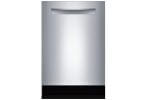
BOSCH SHPM65Z55N Dishwasher
Summit Appliance
This built-in dishwasher fits up to 10 place settings and operates quietly at 47 dB. With 8 wash programs and 6 additional options, it caters to all types of loads. The Hot Air Drying and Hi-Temp function ensure effective drying, despite the absence of an auto door opening for natural drying. Read more about this model in our comprehensive Summit Appliance Dishwasher Review.
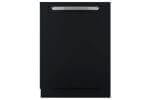
Summit Appliance Dishwasher
Explore our selection of top-rated countertop dishwashers featuring efficient air dry functions, perfect for any kitchen.
- Coutertop Dishwasher- HAVA TDQR01
- Countertop Dishwasher- BLACK & DECKER BCD6W
- Countertop Dishwasher – COMFEE’ Portable Mini
- Countertop Dishwasher – NOVETE TDQR01
- Countertop Dishwasher – KeruRome
For more great options, explore our full range of recommended dishwashers on WashDryDazzle. We’ve curated a selection of dishwashers that combine efficiency, performance, and value to meet all your dishwashing needs.

